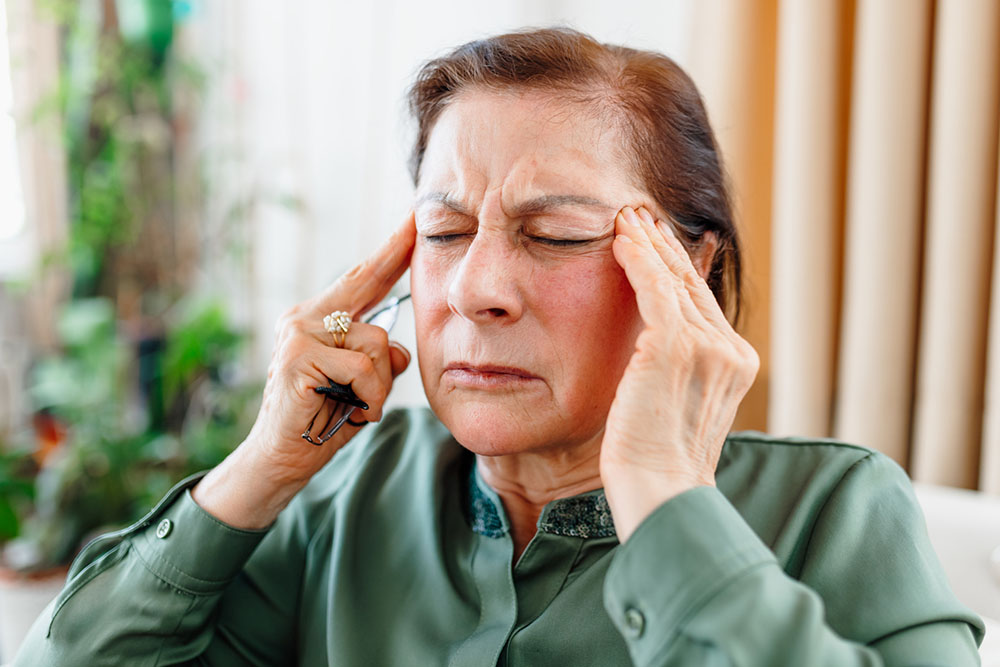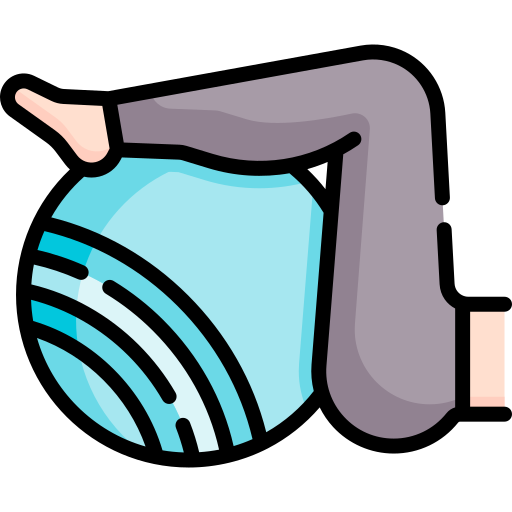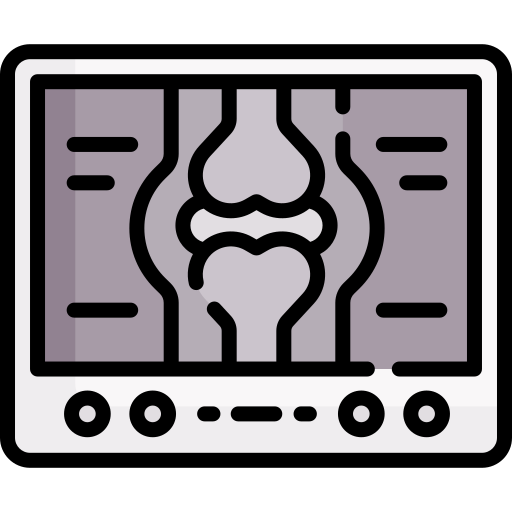Experiencing pain may be part of life, but living with chronic pain is far from normal. It can be exhausting, affecting your ability to live an active life, complete job duties, and get the rest you need. Ongoing pain can result in anxiety, insomnia, and depression. Physical therapy can often reduce or eliminate pain, letting you get back to your life.
What is chronic pain syndrome?
There are two primary categories of pain. Acute pain is often a symptom of an underlying health condition. Recovery may take days to weeks, and the pain subsides. In contrast, chronic pain, or chronic pain syndrome, typically lasts six months or longer. It occurs in addition to the pain caused by the health condition, which may or may not have healed. It’s independent of the original injury or illness that started and may last long after the pain subsides.

Chronic pain can come in many forms, such as the following:
- Back and neck pain
- Joint or arthritis pain
- Cancer pain near a tumor
- Testicular pain
- Headaches, including migraines
- Pervasive muscle pain (including fibromyalgia)
- Lasting pain in scar tissue
- Neurogenic pain from damage to the nervous system
More than 20% of Americans have chronic pain that impacts job and lifestyle activities.
What causes chronic pain?
Sometimes chronic pain has an apparent cause, such as a long illness, cancer, or arthritis. Diseases can make your body more susceptible to pain, even after recovering. Injuries, including broken bones, sprains, or infections, can also leave you in chronic pain.
Pain that appears to be unrelated to a physical illness or injury is psychogenic pain. It’s believed that anxiety, stress, and depression result in low endorphin levels in the blood.
Regardless of the specific cause, pain is a nervous system function. Nerves around an injury site detect the damage and send signals to the spinal cord and the brain. The brain registers the pain, and the nervous system reacts. Muscles tense, emotions run high, and the nervous system shifts hypervigilant.
This high alert status is beneficial when dealing with acute pain. It tells the body that something is wrong, allowing us to protect against further injury. Once the damage or illness heals, the nervous system functions normally.

Symptoms of Chronic Pain Syndrome
When the nervous system remains in a persistent state of high alert, it often becomes hypersensitive. It can maintain the pain even after the original damage heals. People with chronic pain describe it in a variety of ways:
- Throbbing
- Stiffness
- Shooting
- Aching
- Burning
- Squeezing
- Stinging
Poor sleep, mood swings, irritability, and fatigue often accompany the pain, which increases stress levels and the nervous system’s reactivity. If pain increases, another vicious cycle starts.
7 Common Treatment Methods for Chronic Pain
Chronic pain can limit your quality of life and lead to significant long-term health problems. It can make managing daily tasks challenging, maintaining relationships, and preserving financial stability. Chronic pain is uniquely personal, and finding an effective treatment becomes a priority.
Your biology and personal history can affect which pain therapies provide relief. However, the treatment combination for one person may not work for another.
1. Physical Therapy
Physical therapy is a very personalized treatment regimen. Goals may include increased mobility and decreased pain levels to help you become fully functioning. PT includes passive and active treatments. Your program may begin with passive treatments and move into active methods. Physical therapists play a significant role in pain management through different therapies and daily techniques. Various forms of exercise, including strength, flexibility, balance, endurance, power, and agility, are used to promote and restore normal function, but also as pain management. Whereas opioids only mask the sensation of pain, physical therapists can also treat pain through hands-on care. Techniques include manipulation, joint and soft tissue mobilizations, dry needling, and cupping. This assists in addressing the pain and focusing on the root of the issue.
2. Contrast Therapy
Physical therapists often alternate between cold and hot therapies. Cold therapy constricts or narrows the blood vessels. Inflammation lowers when the muscles contract and pain signals are reduced. Heat therapy increases circulation by expanding the blood vessels. Flooding areas with nutrients and oxygen reduces muscle pain, and the body’s cells can shed waste products. Contrast therapy can reduce inflammation and stimulate circulation, which loosens tight, aching muscles.
3. Deep Tissue Massage
Muscle spasms and chronic muscle tension can build through the stress of a typical daily routine. Cramps can also occur due to sprains and strains. The direct pressure and friction applied during the massage can release the tension in the muscles, ligaments, and tendons.
4. TENS (transcutaneous electrical nerve stimulation)
A TENS machine uses variable intensities of electrical current to stimulate muscles, which helps reduce the occurrence and severity of muscle spasms. It may also increase the production of endorphins, the body’s natural painkillers. You may use only the machine located at your physical therapist’s office, or you may also have a smaller machine made for at-home use.
5. Ultrasound
This deep heating technique is applied to your skin. As the waves of heat seep into your tissues, it is believed to improve blood flow and circulation. An ultrasound helps reduce cramping, swellings, spasms, pain, and stiffness.
6. Drug Therapy
Over-the-counter medications may be enough to relieve mild pain caused by stiffness, inflammation, and muscle aches. Typical drug therapy includes ibuprofen, aspirin, naproxen, and acetaminophen (Tylenol). Topical pain relievers that come in sprays, creams, and lotions may also provide temporary relief. Stronger medications for debilitating pain range from prescription NSAIDs, muscle relaxants, and anti-anxiety drugs to opioids and steroid injections.
7. Exercise
Exercise is an active treatment and an essential part of the PT toolbox for improving mobility and strength. The brain stops sending constant alerts to the nervous system as the pain eases. You and the physical therapist work together to develop an exercise regimen to relieve pain. Examples of low-impact exercises include the following:
- Swimming
- Stretching and strengthening exercises
- Cycling
- Walking
- Tai Chi
- Pilates
- Yoga
Through exercising, you get stronger and train your nervous system to trust that movement is safe. This allows it to move from high alert to normal functions.
If you have pain that comes and goes, physical therapy may help you understand the cause and how to treat it. Each person responds to physical therapy differently. Contact us today to schedule an appointment and learn more about your best treatment options.












